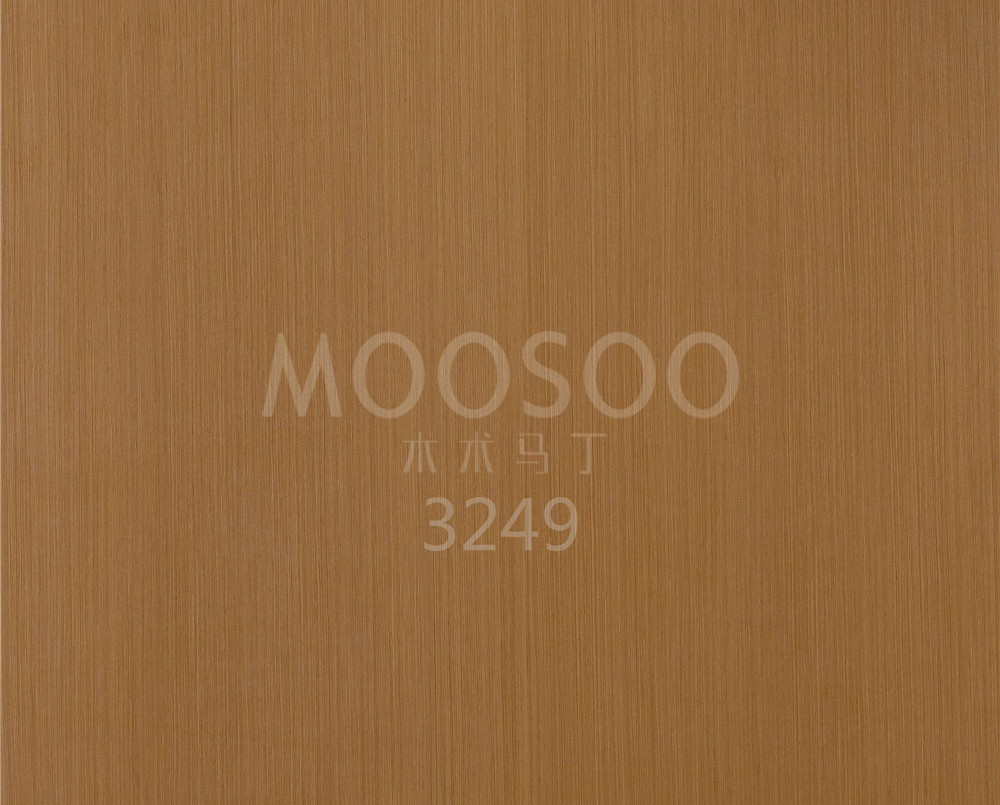Teak is highly regarded for its exceptional durability, natural resistance to weather and pests, and luxurious appearance. Traditionally used in shipbuilding, high-end furniture, and premium flooring, teak remains one of the most popular hardwoods in the world today. With growing concern for environmental issues and increasing demand for efficient material utilization, Engineered Teak Panels have emerged as a modern solution that combines the natural beauty of teak with advanced engineering technology.
What are Engineered Teak Panels?
Engineered Teak Panels are made by bonding multiple layers of teak veneer or teak slices to a core material such as plywood, medium-density fiberboard (MDF), or high-density fiberboard (HDF). Unlike solid teak boards, teak composite panels make full use of precious hardwood as the surface layer while relying on high-quality core materials to ensure stability and strength. This structure significantly reduces the consumption of natural teak while giving the product the appearance and texture of solid wood.
Advantages of Engineered Teak Panels
- Dimensional Stability: One of the major challenges with solid wood is its tendency to expand or contract due to changes in humidity or temperature. Engineered Teak Panels feature a cross-laminated structure design that minimizes warping, bending, or cracking. This makes them particularly suitable for use in environments with significant climate fluctuations, such as coastal areas or air-conditioned spaces.
- Affordable Aesthetic Luxury: Engineered Teak Panels feature a thin layer of authentic teak veneer, preserving the natural grain, warm tones, and timeless elegance of teak. This allows designers, architects, and homeowners to achieve the luxurious appearance of solid teak at a fraction of the cost, making high-end aesthetics more accessible.
- Sustainability and resource efficiency: Solid teak is a slow-growing hardwood, making it both expensive and ecologically sensitive. Engineered Teak Panels use only a thin layer of surface veneer, optimizing the use of teak logs and significantly reducing pressure on forest harvesting. Many manufacturers source their teak from responsibly managed plantations or recycled wood, further enhancing the sustainability of these products.
- Versatility and ease of use: Engineered Teak Panels are highly versatile, suitable for applications ranging from wall cladding and cabinets to flooring and furniture. Their engineered structure allows for larger panel sizes, accelerating installation speed and reducing the need for joints.
- Enhanced Strength and Performance: The composite structure of engineered panels offers higher tensile strength and resistance to cracking or breaking. When paired with advanced finishes, these panels also better resist scratches, stains, and moisture compared to untreated solid teak.
Applications of Engineered Teak Panels
- Luxury Interiors: Wall panels, ceilings, and decorative walls that bring warmth and elegance to residential, hotel, or office spaces.
- Furniture: High-end tables, cabinets, wardrobes, and shelves with the classic teak appearance.
- Marine and Outdoor Applications: Properly treated, Engineered Teak Panels can withstand humid environments, making them suitable for yachts, decks, and garden furniture.
- Flooring Solutions: Composite teak flooring offers the same rich tones and durability as solid teak wood but with greater stability and easier installation.
- Architectural Elements: Doors, partitions, and decorative screens for residential and commercial spaces.
The Future of Engineered Teak Panels
The rise of composite wood products signifies a shift toward sustainable luxury. As technology advances, Engineered Teak Panels are expected to incorporate more advanced finishes, enhanced water resistance, and more realistic textures, bringing them closer to the natural feel of teak wood. With their environmental responsibility and design flexibility, these panels are likely to dominate the high-end market in modern interior design.
Engineered Teak Panels are not merely alternatives to solid wood but represent the future of sustainable elegance in architecture and design. These panels combine the timeless beauty of teak with innovative engineering technology, offering strength, versatility, and environmental advantages that meet modern aesthetic and eco-friendly requirements.
Applications of Engineered Teak Panels
- Luxury Interiors: Wall panels, ceilings, and decorative walls that bring warmth and elegance to residential, hotel, or office spaces.
- Furniture: High-end tables, cabinets, wardrobes, and shelves with the classic teak appearance.
- Marine and Outdoor Applications: Properly treated, Engineered Teak Panels can withstand humid environments, making them ideal for yachts, decks, and garden furniture.
- Flooring Solutions: Engineered teak flooring offers the same rich tones and durability as solid teak wood but with greater stability and easier installation.
- Architectural Elements: Doors, partitions, and decorative screens for residential and commercial spaces.
The Future of Engineered Teak Panels
The rise of composite wood products signifies a shift toward sustainable luxury. As technology advances, Engineered Teak Panels are expected to incorporate more advanced finishes, enhanced water resistance, and more realistic textures, bringing them closer to the natural feel of teak wood. With their environmental responsibility and design flexibility, these panels are likely to dominate the high-end market in modern interior design.
Engineered Teak Panels are not merely alternatives to solid wood but represent the future of sustainable elegance in architecture and design. These panels combine the timeless beauty of teak with innovative engineering technology, offering strength, versatility, and environmental advantages that meet the demands of modern aesthetics and environmental consciousness.


